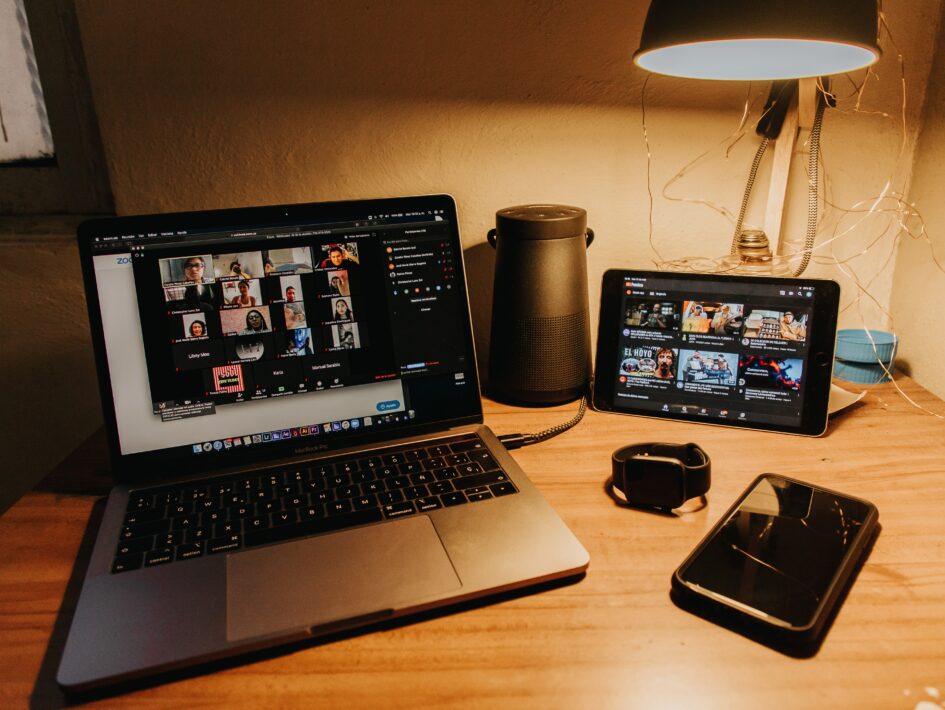This week in class, we discussed distributed learning. Distributed learning is what we are experiencing during this pandemic. It is an instructional model that allows students and teachers to be in different places but still teach and learn the same content. There are two methods of distributed learning, synchronous and asynchronous. Synchronous is when the teacher and students engage with course content, and each other, at the same time either in-person, or online. These online classes can be done via Zoom, Google Teams, or other video-sharing services. Alternately, asynchronous is when the teacher and students interact with the content at separate times, and in separate locations. The teacher provides lessons, activities, projects, and assignments that the students complete on their own time.
As a class, we discussed the positives and the negatives of distributed learning that we experienced this year:
Positives:
- No commute.
- Lectures are recorded, and discussions are saved, so you can refer back to them.
- Notes are accessible online.
- No worry about forgetting things at home.
- Ability to multitask during classes.
Negatives:
- Too much screen time with both classes, and homework, online.
- Limited ability to connect with classmates.
- Less activity, and limited fresh air.
- Technology can be glitchy or not work.
- Difficult to connect with professors.
- More distractions at home.
Zoom Fatigue:
We also discussed the fact that many people experience zoom fatigue. There are a few reasons why this occurs:
- Excessive amounts of close-up eye contact can be intense.
- Seeing yourself all day during zoom calls is fatiguing and not natural.
- Video calls drastically reduce our mobility.
- The cognitive load is much higher during video calls.

Leave a Reply